News
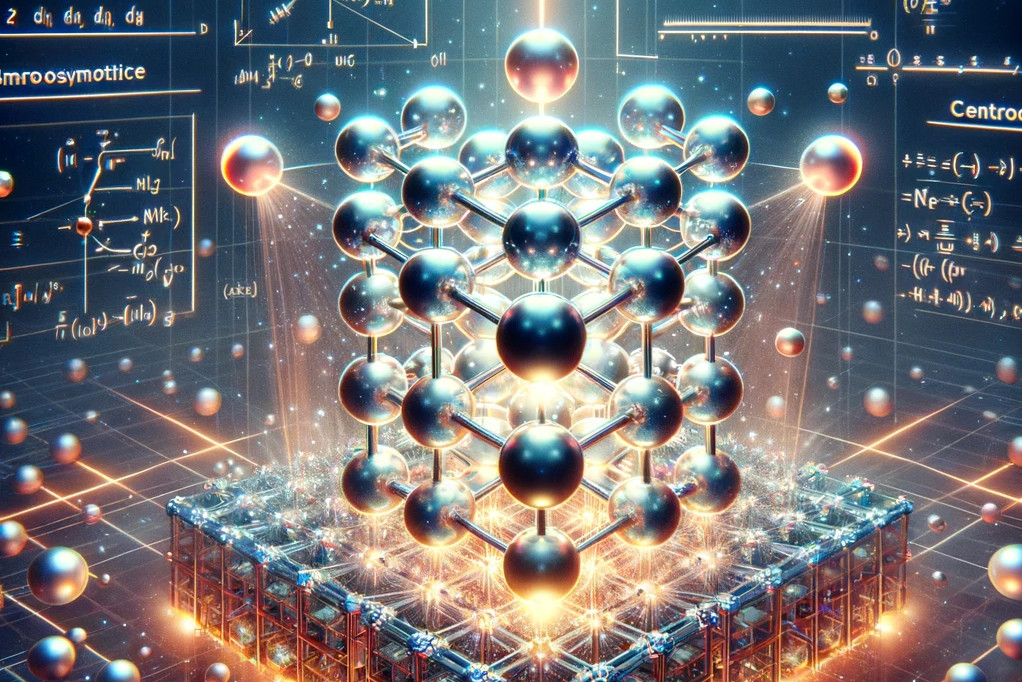
The MGML has provided high-quality single crystals of MnTe, which have enabled the confirmation of lifted Kramers spin degeneracy without net magnetization and inversion-symmetry breaking. This finding is in agreement with earlier theoretical predictions.
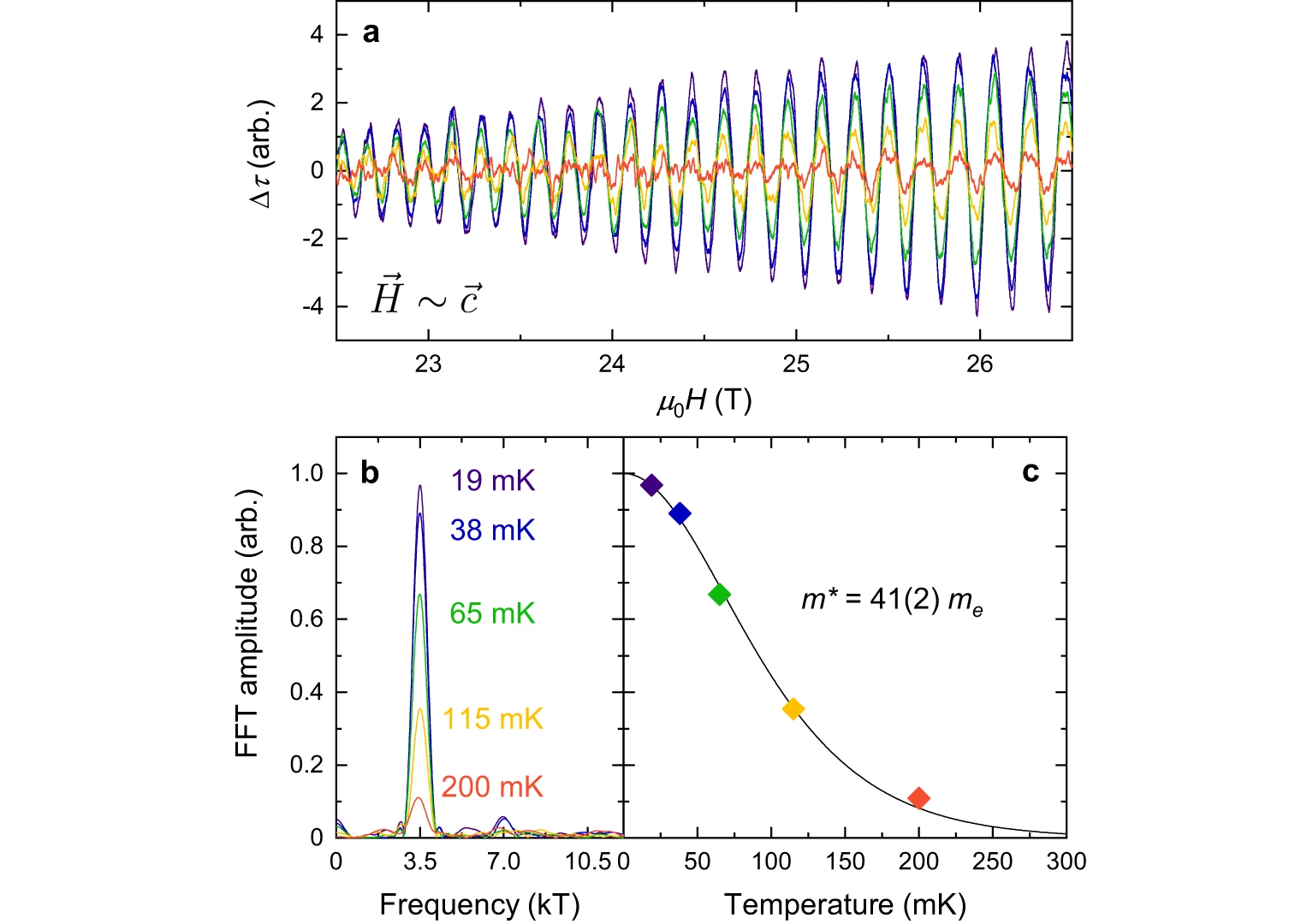
Large international collaboration opens insight on the possible symmetry of the superconducting order parameter in UTe2 utilizing high-quality single crystal grown and characterized in the MGML facilities.
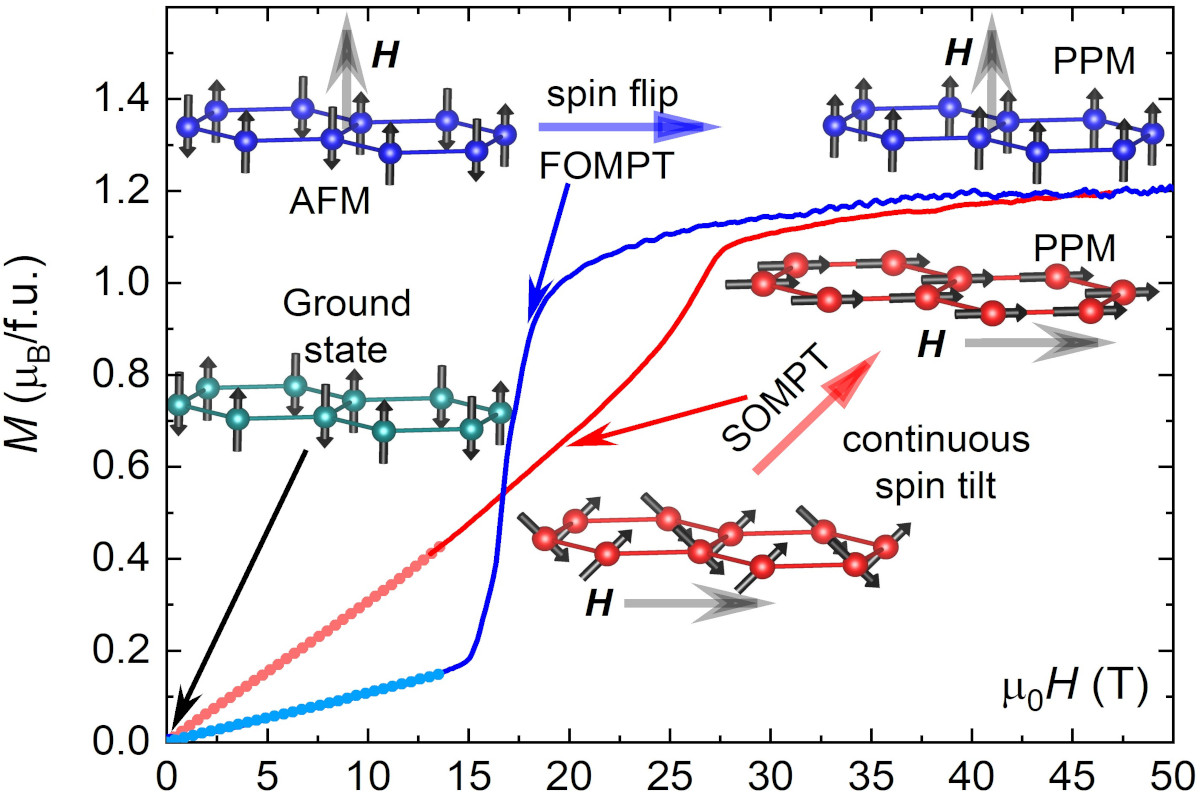
Dávid Hovančík a Ph.D. student at the Department of Condensed Matter Physics is the leading author of the paper Robust intralayer antiferromagnetism and tricriticality in the van der Waals compound VBr3 selected as Editors’ choice in PRB.
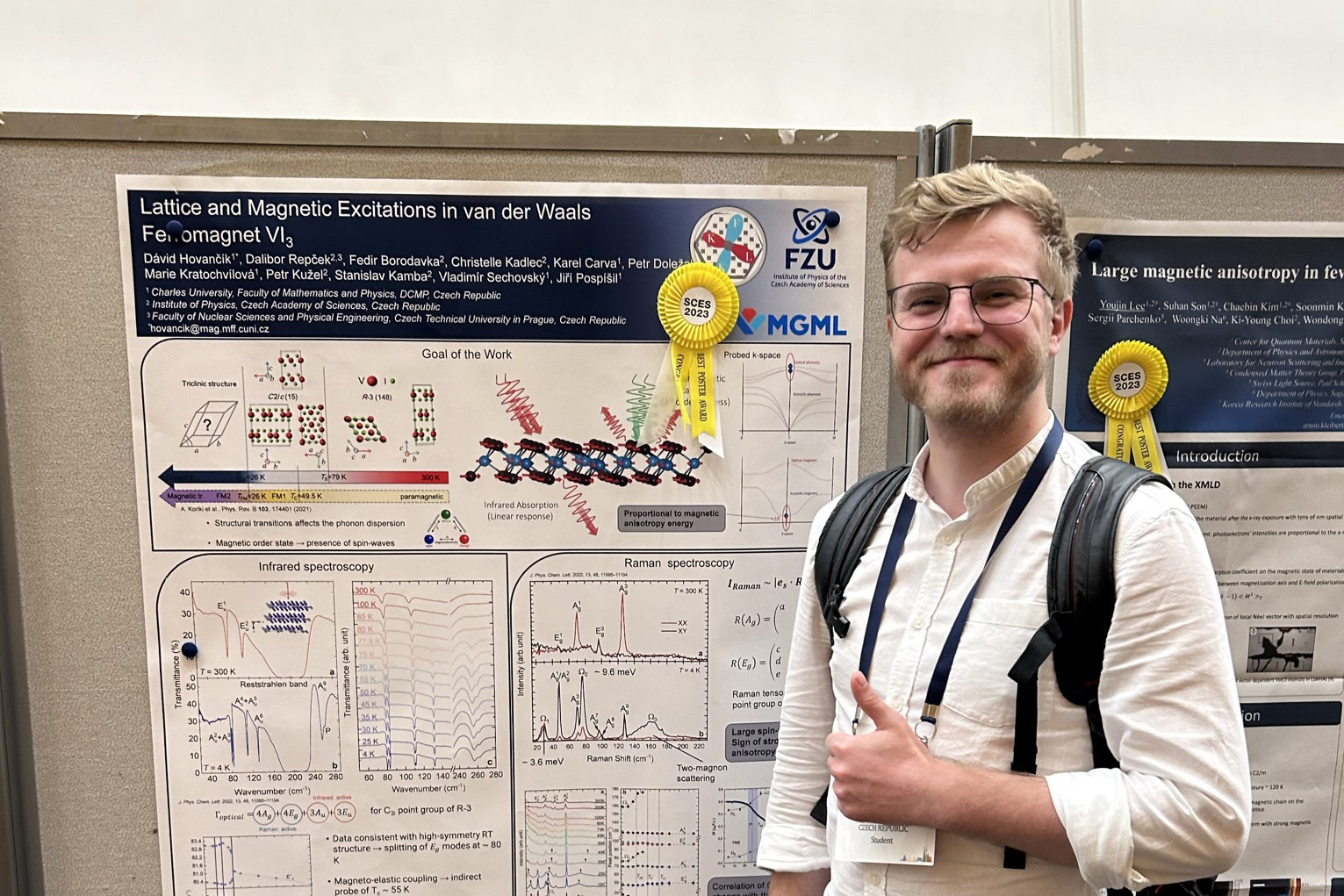
At the 2023 SCES conference, Ph.D. student Dávid Hovančík was recognized with the Best Poster Prize for his research on vanadium triiodide. His study provides fresh insights into the lattice symmetry and uncovers a promising potential application in ultrafast THz spintronics. The research, offering significant understanding into the behavior of 2D van der Waals materials, has been published in the prestigious Journal of Physical Chemistry Letters.
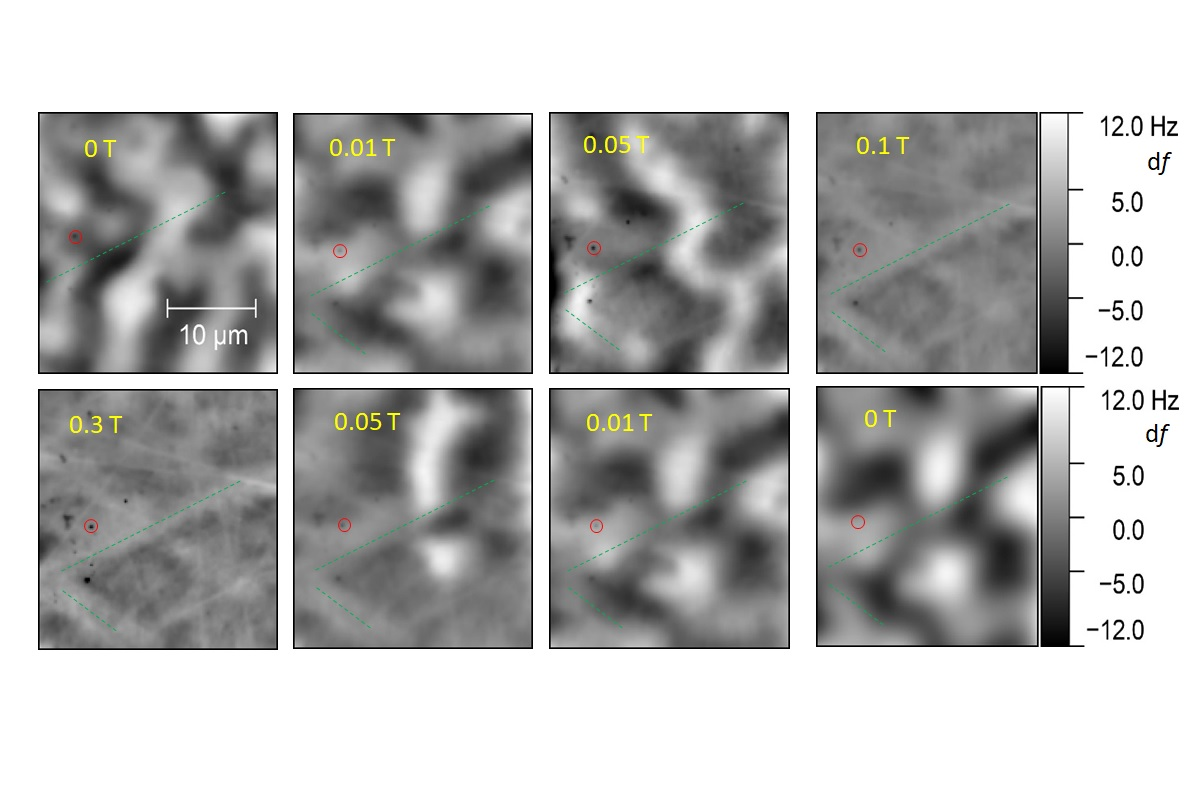
MGML welcomes young researchers considering the application to the Marie Skłodowska-Curie Postdoctoral Fellowship scheme 2022 (MSCA-PF). There is unbeatable competitive advantage of Czechia: Triple chance to recieve funding! Read more for details.
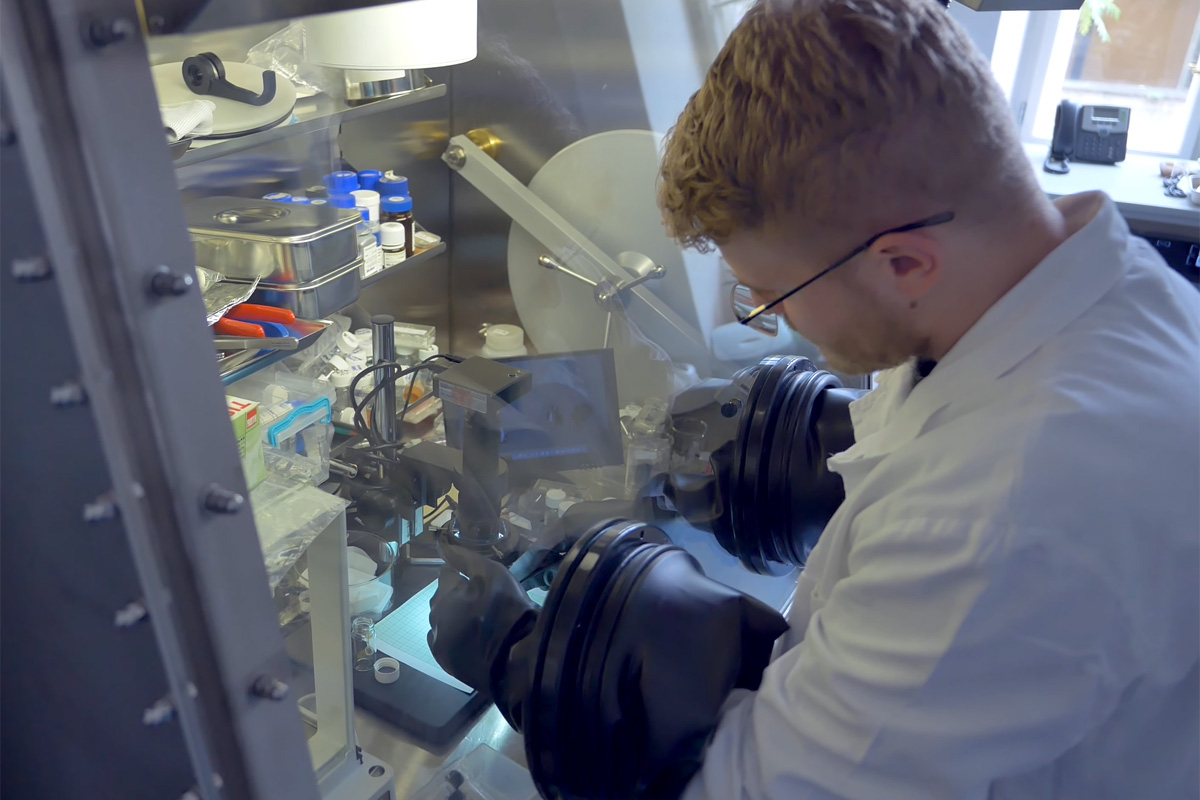
Our group used a unique capability of the X-ray magnetic circular dichroism technique to determine the magnetic orbital moment component of Vanadium ions in the layered van der Waals system VI3. We have revealed an exceptionally sizable orbital moment of V3+ ion resolving the long debate on this issue.
